
Proposal outlines can take on various forms, but they serve as a way for you to generate buy-in from stakeholders for an initiative.
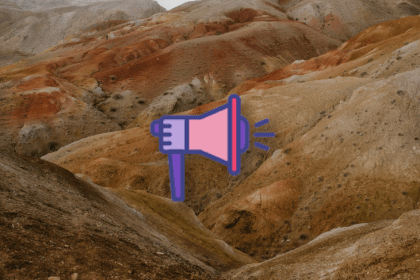
Nothing beats chatting with your stakeholders on a regular basis. And with some structure, you’ll produce even more extraordinary results.
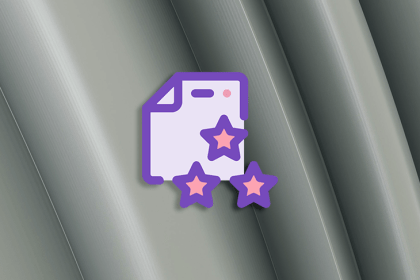
Dig deep into the types of social proof, how reputable companies use them, why they work, and how you can emulate that success.

In this article, we’ll unpack the fundamental problem of shared team ownership and what you might actually achieve instead.
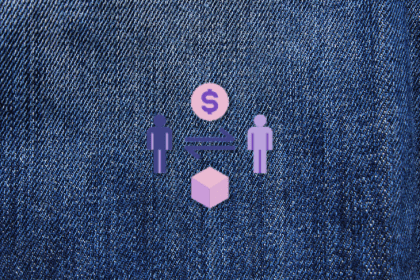
The Van Westendorp Price Sensitivity Meter is a tool used to determine the range of prices your users would deem acceptable for your product.

The cost of revenue refers to the costs accrued to generate revenue and usually comes from either cost-to-serve or cost of acquisition.

Problem statements are an often neglected yet immensely important part of any UX/UI design initiative. Here’s why.
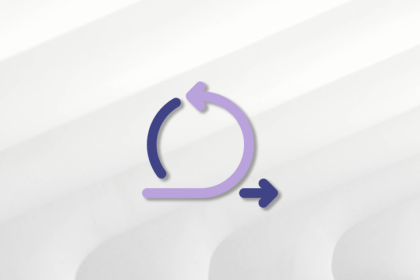
The optimal sprint length has always been a discussion-provoking topic. Although two-week sprints are standard, it’s not always the most appropriate length for a given context.

ASO includes both how highly the app ranks for direct search results, as well as how discoverable your application is.

Earlier in my career, I took over a team with a history of productivity issues. This is the story of how we reduced cycle time by ~66 percent and work in progress by ~50 percent, all in the span of six weeks.

2023 is here, and so is a new slate of conferences and events. To help you plan, we’ve prepared a comprehensive list of product management conferences, both on-site and virtual.
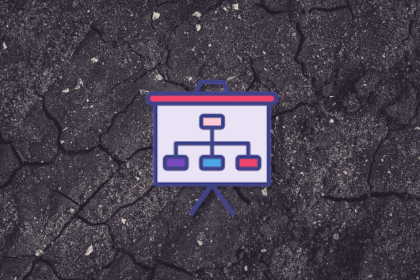
A sprint review is used to inspect the increment delivered in the previous iteration and determine the direction of further iterations.